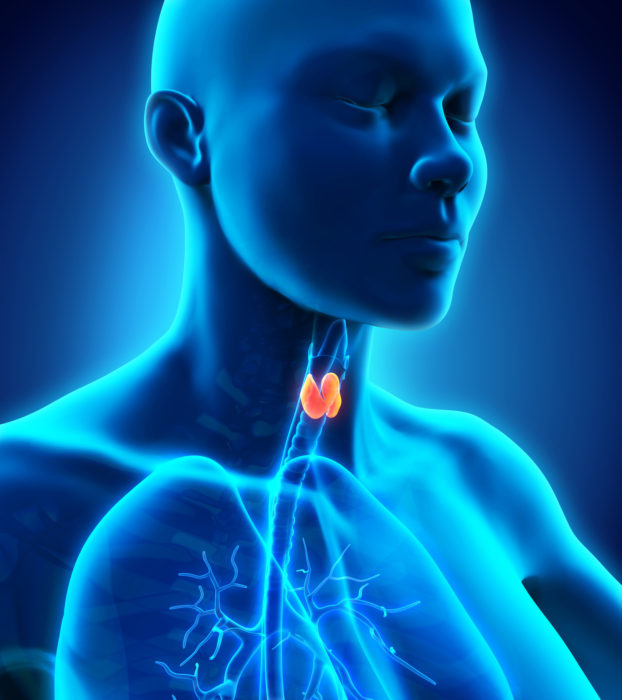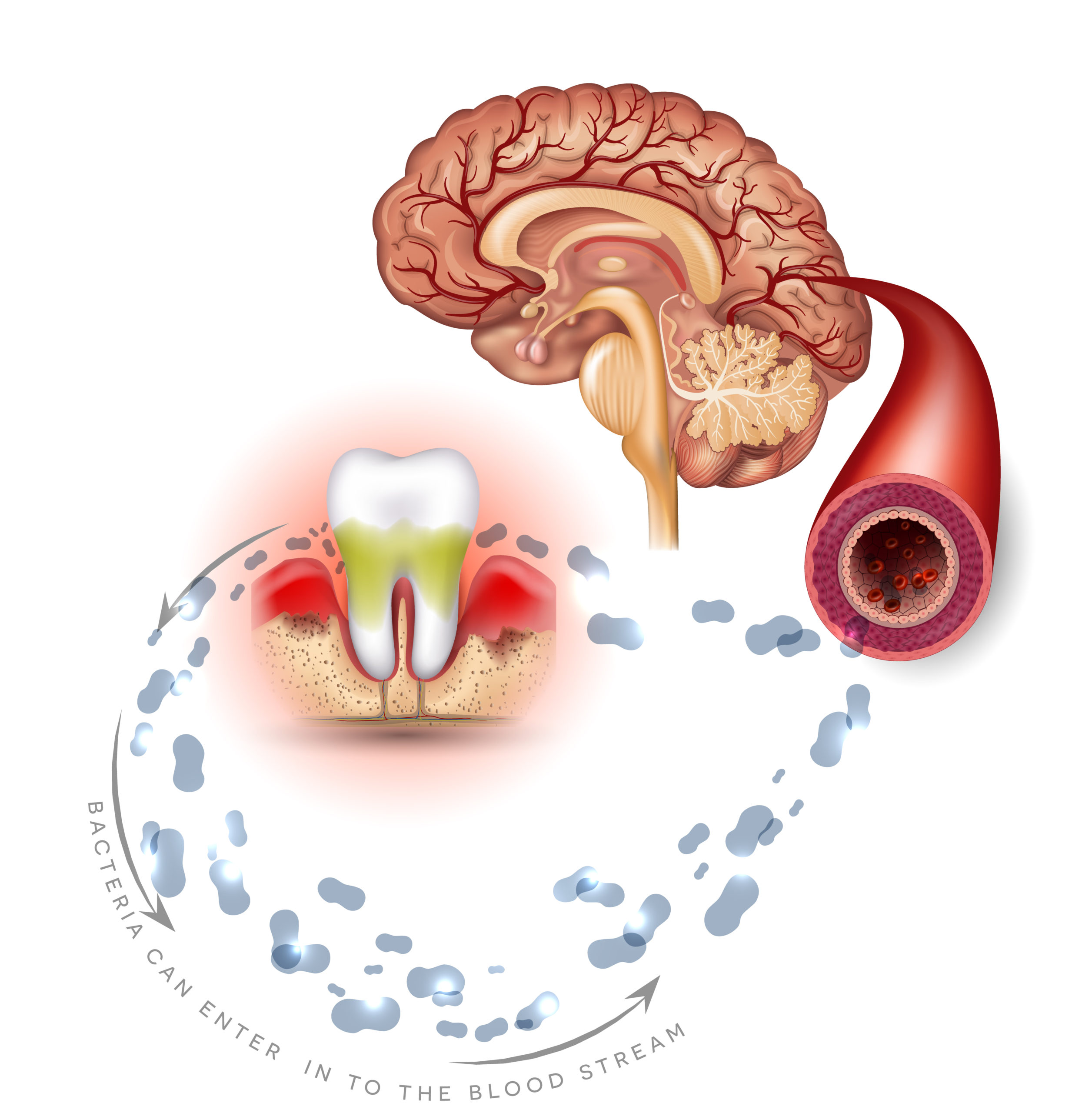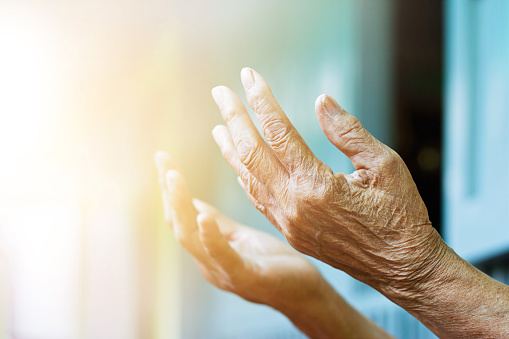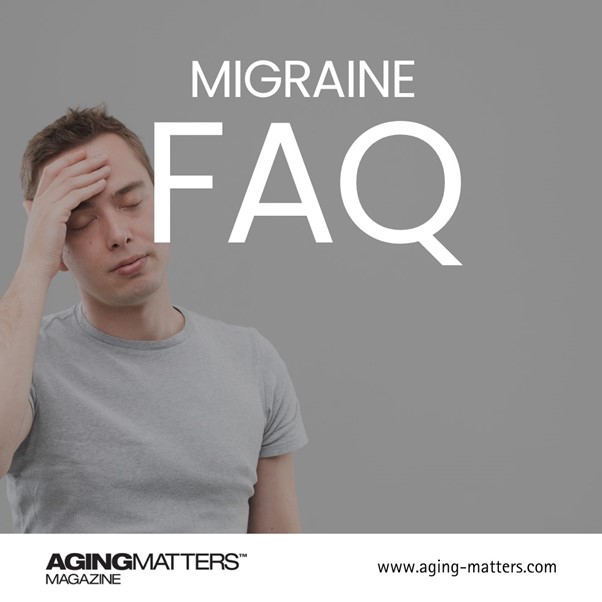
The thyroid and adrenals, working together- how to prevent being mentally and physically ‘fogged’
November 29th, 2016The thyroid and adrenals, working together- how to prevent being mentally and physically ‘fogged’
By Dr. Richard Lippman
One dark and wintry afternoon in Sweden, a former Parisian fashion model stumbled through the revolving door of a major hotel. The doorman asked her several simple questions repeatedly, but received no response. Mental fog had descended upon her like a shroud upon a corpse.
Gallantly, I stepped forward to aid this pretty lady who was so obviously in distress. She was confused and somewhat panicky. I grabbed her white-knuckled hands to steady her, and they felt like icicles. Gazing at her angelic face, I noticed that her hair was thin, flat, and dull as it lay on top of her head. Her eyebrows were missing their outer third, and her arms and face were swollen. All of these were clear signs of untreated hypothyroidism.
Finally, I recognized a sign of alertness in her eyes as she warmed to the interior of the hotel. She spoke haltingly, and from her garbled speech I gathered that she had just completed a two-hour winter promenade through the flagellating winds of Stockholm, Sweden.
A flicker of light in her soft blue eyes told me that she was sufficiently cognizant to hold a conversation. I again steadied her arm and asked her point-blank how long she had suffered from hypothyroidism. She confessed to a five-year struggle with multiple signs and symptoms of a weak thyroid gland, which is a problem that afflicts more than 30% of American women. Her lower neck betrayed a swelling in the shape of a miniature boomerang: a clear sign of goiter. In addition, her skin was somewhat bumpy, a condition called follicular hyperkeratosis.
I introduced myself as Dr. Lippman, noted inventor of the nicotine patch that has saved millions of lives. I then politely enquired if I could examine her briefly. She agreed. In a private room adjacent to the hotel lobby, I asked her to remove her shoes and socks and kneel on an armchair while her arms grasped the chair’s back. She complied, and I proceeded to gently tap the backs of her dangling ankles with a butter knife. I tapped her Achilles tendons several times, but she lacked a normal jerking reflex. Her calves and ankles were clearly swollen and her feet were flat and yellowing on their bottoms. These symptoms were further confirmation of her untreated hypothyroidism. Biochemically, she was not clearing cellular waste products. Waste accumulation between her cells was causing her puffy appearance.
Eventually, she regained color in her cheeks. With a rasping Piaf-like voice, she asked me for my diagnosis. I kindly responded that hypothyroidism is a very serious condition that, if left untreated, could shorten a person’s life by approximately 43%!¹
Her jaw dropped in bewilderment. She defensively told me that her doctor, a Professor of endocrinology, had had her on Synthroid® (levothyroxine) for three years. I saw that she was flustered, but now fully mentally unfogged and alert. I explained that, ironically, conventional medical doctors always dogmatically assert that their patients only require Synthroid®, yet at least half of these patients still show some signs of low thyroid.
“It’s a shame,” I said, “since low thyroid means a lower quality of life! It’s an annihilating condition that carves patients into undesirable mental and physical shapes.”
I further told her that Synthroid® only contains the thyroid metabolite T4, or thyroxine, which is often insufficient, since a healthy thyroid gland also produces T1, T2, T3, thyroglobulin, etc. Thus, a complete, holistic, and natural approach should substitute all of these health-enhancing substances instead of only T4,* this is the reason for the preference for natural thyroids as they contain all 4. (For example, ERFA®, Throid Natural® and Armour®)
She seemed surprised that her prominent professor of endocrinology was unaware of this fundamental fact of good hormonal health. I explained that many doctors have not read and/or fully evaluated the latest hormone research of the last ten years. Also, the billion-dollar pharmaceutical industry (big Pharma) unduly influences them. The government cannot stop the influence of big Pharma and its TV promotions of expensive nostrums instead of what might be best for patients. Furthermore, medical research has been doubling in size every six years, and few doctors can keep abreast of the cascade of research papers.
On the other hand, my esteemed colleague, Dr. Thierry Hertoghe, has managed to keep abreast of recent hormone research, and he has organized this critical information into two thick volumes entitled The Hormone Handbook, Parts I & II. Allow me to mention that Dr. Hertoghe is a fourth generation endocrinologist whose great-grandfather practiced hormone correction therapy in Brussels, Belgium during the 1880s.
I pardoned myself for digressing into medical science and asked my newly-found patient if she would like to try some completely natural thyroid meds purchased from my friends at IAS in the United Kingdom. I gave her an extra bottle from my pocket along with a conversion chart that converts Synthroid® into more natural alternatives.
She seemed a bit bewildered by my chart, so I simplified it as follows:
A typical dose—25 micrograms of Cytomel® (T3 or triiodothyronine) or 100 micrograms of Synthroid® (T4)—is approximately equivalent to one grain of natural, dried thyroid. For example, a patient on Synthroid® should weekly reduce his or her dose by one-fourth while simultaneously increasing the natural thyroid dose by one-fourth. Thus, after one month, the person will have gradually converted to the completely natural regimen. However, please note that synthetic Synthroid® and other synthetic meds do work well for some patients. Interestingly, using natural thyroid meds causes the following improvements in appearance without cosmetic surgery or liposuction:
Later that week, she followed up with an appointment, during which I gave her additional tests and a detailed examination not often employed by other, more conventionally trained physicians. For example, I highly recommend that suspected hypothyroid patients take the Barnes Test—designed by Broda Barnes, MD—which is available through Google. This wonderful test measures under-arm temperatures for one week during the early mornings before a person arises from bed. It is usually more accurate than blood testing of traditional thyroid parameters such as TSH, T3, T4, etc. Urine testing is yet another method for determining thyroid deficiencies.
However, optimal treatment is often dependent upon a physician who employs all of these tests and is knowledgeable in recognizing the signs and symptoms of hypothyroidism as taught by Dr. Thierry Hertoghe at the Hertoghe School of Medicine.
Glands Working Together in Concert
Endocrine (hormone) glands work together to achieve a desired physiologic effect upon the entire body, for example, the thyroid gland works in concert with the adrenal glands, and if the adrenals are malfunctioning, the thyroid will not produce the desired output. Thus, correcting the adrenal gland output often simultaneously helps to correct thyroid output, and vice versa. Also, some patients with obvious signs of weak adrenals (hypoadrenalism) must be corrected with the adrenal’s key hormones, such as aldosterone and cortisol.
The all-natural version of cortisol is hydrocortisone, and it should usually be consumed in 5 mg tablets taken four times daily. Some physicians choose a synthetic version of hydrocortisone, often Prednisone®, which only requires one 10 mg tablet daily. Still another type of cortisol correction is available at better health food stores: adrenal extract. However, I only recommend this for pets, since the extract strength is often inconsistent and unregulated and may lead to an overdose in humans, unless you have a Pharma prepared version such as the IAS brand Adrenal-Pro™.
Parenthetically, my Jack Russell terrier gets five drops of adrenal extract each morning and evening, combined with half a capsule of Digestif™. The adrenal drops correct his hypoadrenalism, and the Digestif™ improves his appetite and lengthens the metabolic half-life of his cortisol.
Using the esteemed Dr. Hertoghe’s methods of meticulous patient examination, I have learned to recognize adrenal and other hormone deficiencies in pets.¹ For example, my Jack Russell terrier lacks the muscular build of other members of his breed; thus, his adrenal/thyroid output could be improved. Digestif™, combined with twice daily doses of adrenal extract, improves his appetite and encourages an eight-year-old terrier to act like a frisky two-year-old.
For humans, I recommend a standard regimen of 5 mg of hydrocortisone tablets taken four times daily. However, there are two exceptions to this standard. One patient of mine, a noted psychiatrist, developed edema (swelling) in her arms and legs from this 5 mg regimen. I then changed her dose to 2.5 mg (half a tablet) four times daily and her edema subsided. (Note that some patients may require only 1 mg four times daily.)
Another patient with edema due to congestive heart disease could not risk taking hydrocortisone at any dose. Before starting him on low-dose Armour® thyroid, I put him on 10 mg of Prednisone® once daily for ten days only. This ‘ten days only’ regimen kick-started his thyroid gland without adversely affecting his cardiovascular system, he gradually recovered from his problems by exercising for two hours every day in a swimming pool. Swimming and exercise are Mother Nature’s natural remedies for a wide range of health problems. Eventually, after six months, he had lost 25 lbs. and recovered full adrenal and thyroid functions. Also, he significantly benefitted from the full nutritional anti-aging program which I explain in my book, Stay 40.
Yet another use of hydrocortisone relates to skin problems. Conventional medicine offers no real cure for seborrheic dermatitis. I and others have achieved a 100% cure by mixing 600 mg of vitamin B6 and 520 mg of lithium orotate in a standard 1% hydrocortisone cream (28 grams) and applying this mixture twice daily for one month.
Differentiating Patients with Thyroid versus Cortisol Problems
Generally speaking, thyroid deficient patients are slow and lethargic early in the morning, but they quickly recover their energy by late morning. On the other hand, cortisol deficient patients, as in the case of adrenal fatigue and Addison’s disease, have exhausting fatigue throughout the day, and this condition worsens if they physically exert themselves.
Visually, weak thyroid patients tend to be ‘puffy;’ that is to say, they have edema which leads eventually to a double chin and jowls due to waste accumulation between cells in the face, ankles, etc. On the other hand, patients with weak adrenals tend to be overly thin, dark-circled under or around the eyes, and lacking muscle development.
In addition, cortisol-deficient seniors often show excessive skin wrinkling and mild vitiligo or irregular pigmentation. These same seniors as young adults will often be rather freckled leading to vitiligo later in life. Freckled and vitiligo irregular pigmentation is caused by the pituitary gland producing excessive ACTH hormone without the adrenals responding with sufficient cortisol production. This excessive ACTH causes pigment-producing cells, called melanocytes, to irregularly produce pigmentation in some skin cells but not in others. Thus, irregular pigmentation in young and old combined with thin body type and darkly circled eyes are very strong indicators of weak adrenals.
General Thyroid Treatment
- One half of all thyroid patients are able to gradually wean themselves off of thyroid meds after one or two years, especially if they continue to follow dietary advice such as:
- Eating lots of protein, especially for breakfast;
- Avoiding all dairy products and substituting them with soy;
- Avoiding all grains and bread products unless (The sprouting of grains converts them into vegetables; thus, they digest more easily.)
- Since thyroid meds increase bone turnover and tissue metabolism, patients should include a high-potency multivitamin/mineral supplement that is rich in calcium and B vitamins.
- Note that underweight patients, patients over age 60 or those taking DHEA supplements will need to reduce their intake of thyroid meds and switch to a 10 mg time-released tablet of DHEA twice daily.
- Different patients require different types of thyroid medications. Thus, please see the asterisk footnote at the end of this paper.
Side Effects of Thyroid Meds
Careful dosing avoids cardiovascular problems such as heart pounding, chest pain, tachycardia, and occasional atrial fibrillation or angina. These adverse effects will subside when the dosage is lowered.
Also, only physiologic doses of thyroid meds should be employed; this course of action will avoid accelerated bone loss. Overdosing may cause heart pounding or lethargy, especially in seniors.
Intolerance to even tiny amounts of thyroid meds often means that adrenal problems need to be corrected first. In this case, please reread the ‘Glands Working Together in Concert’ section of this article.
Conclusions
Often, only a knowledgeable physician can help hypothyroid or hypoadrenal patients achieve optimal results with meds and dietary changes. Knowledgeable physicians help patients to correct medication dosages in a process called self-titration. Optimal treatment results in a higher quality of life and avoids many of the diseases of aging experienced by seniors.
*However, some exceptions to standard thyroid medical supplementation have been noted, such as:
- Approximately 5% of patients respond better to Synthroid® than to natural thyroid.
- Approximately 20-25% of patients respond really well to natural thyroid, but not to synthetic forms of thyroid.
- 70-80% of patients respond similarly to both natural and synthetic thyroid meds, and their lab tests show similar results². However, most patients feel better on natural thyroid meds.
References
(1) Hertoghe, T., 2011, Picture Atlas of Endocrinology & Hormone Therapy, Intn. Medical Books, Luxemburg, SA.
(2) Gaby, AR and Wright, JV, 2011, Nutritional Therapy in Medical Practice, Nutr. Seminars, Concord, NH, USA.








